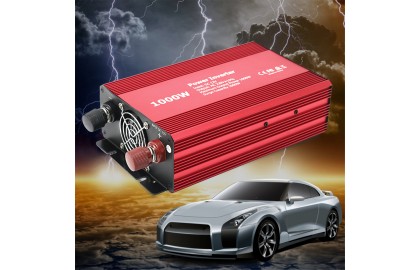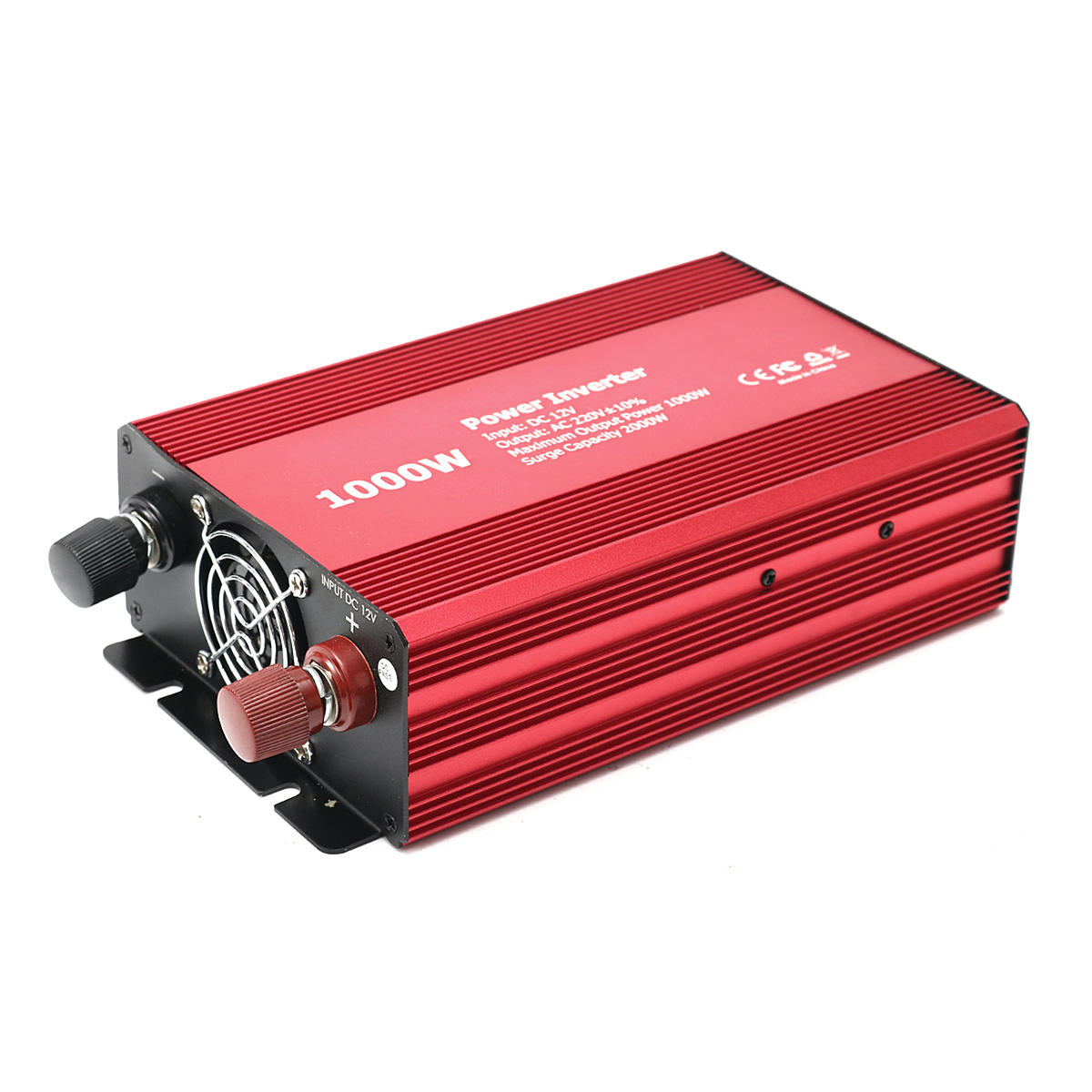Elecdeer Principle of car inverter Bring you better life


The car inverter is a kind of DC12V direct current that can be converted into AC220V alternating current, which is the same as the mains, and is used by general electrical appliances. It is a convenient vehicle power converter. Vehicle power inverters are generally welcomed in foreign markets. Due to the high penetration rate of automobiles in foreign countries, the inverter can be used to connect the battery to drive electrical appliances and various tools to work when going out to work or travel. After China entered the WTO, there are more and more private vehicles in the domestic market. Therefore, as a DC-to-AC converter for mobile use, the vehicle-mounted inverter power supply will bring a lot of convenience to your life and is a standing automotive electronics accessories for cars.
In recent years, with the continuous increase of domestic car ownership and the popularity of self-driving travel, a novel vehicle-mounted electrical appliance-vehicle inverter has become popular rapidly. However, because the domestic vehicle-mounted inverter market is still in its infancy, the market products are mixed. , Car owners are still relatively unfamiliar with this, how to choose a car inverter with reliable quality and safe use has become a concern of the majority of car owners. So, what kind of electrical appliance is a car inverter, and what issues should be paid attention to when choosing it?
In layman's terms, a car inverter is an electronic device that can convert the 12V (24V for diesel vehicles) DC power in the car into the 220V/50Hz AC power usually used in the home. With it, it can be used in the car. Electrical appliances that can only be used at home, such as TVs, DVDs, refrigerators, notebook computers, printers, fax machines, game consoles, video cameras, digital cameras and other equipment or to charge the batteries in the machines, high-power inverters, and To drive electric drills, electric water heaters, microwave ovens and other high-power electrical appliances, in Europe and the United States with developed transportation, on-board inverters have already become an essential tool for every car.
From the output waveform, the car inverter can be divided into two types: sine wave output and square wave output. The former outputs the same sine wave alternating current as our daily power grid, which can adapt to various loads, but the circuit structure is more complicated and the volume is larger; the latter circuit is simple, but it is picky about the load and cannot drive inductive loads. Combining the advantages of the two, the current commercially available vehicle-mounted inverters all adopt the scheme of outputting analog sine waves without exception. Compared with the square wave, the use effect is improved. Lightweight, high conversion efficiency, stable output voltage, strong reliability, perfect protection function and so on.
